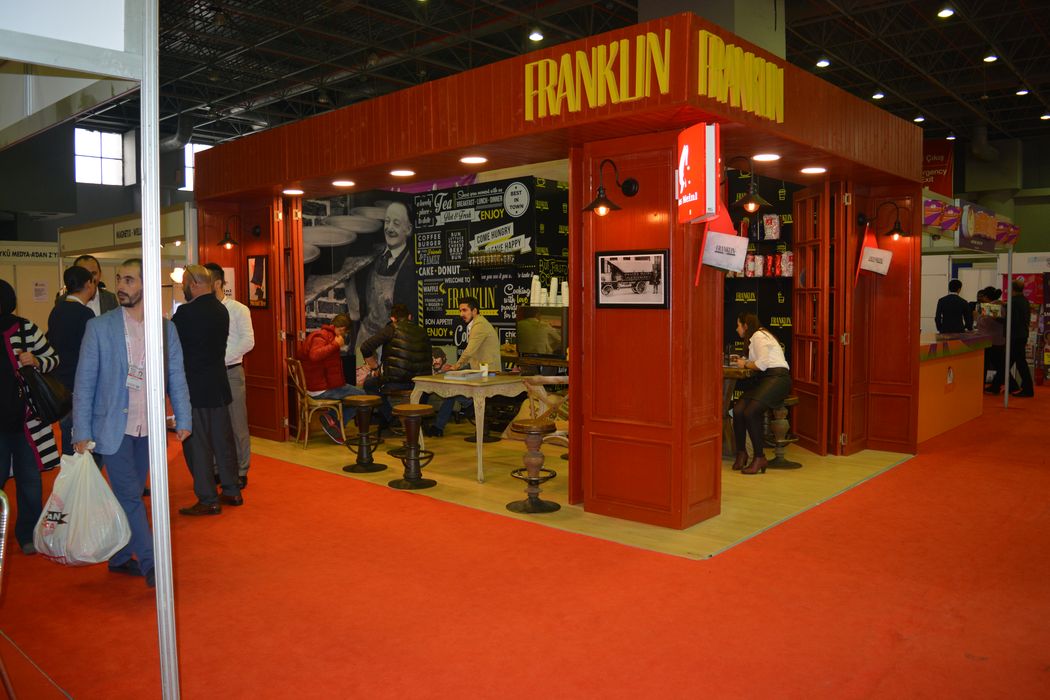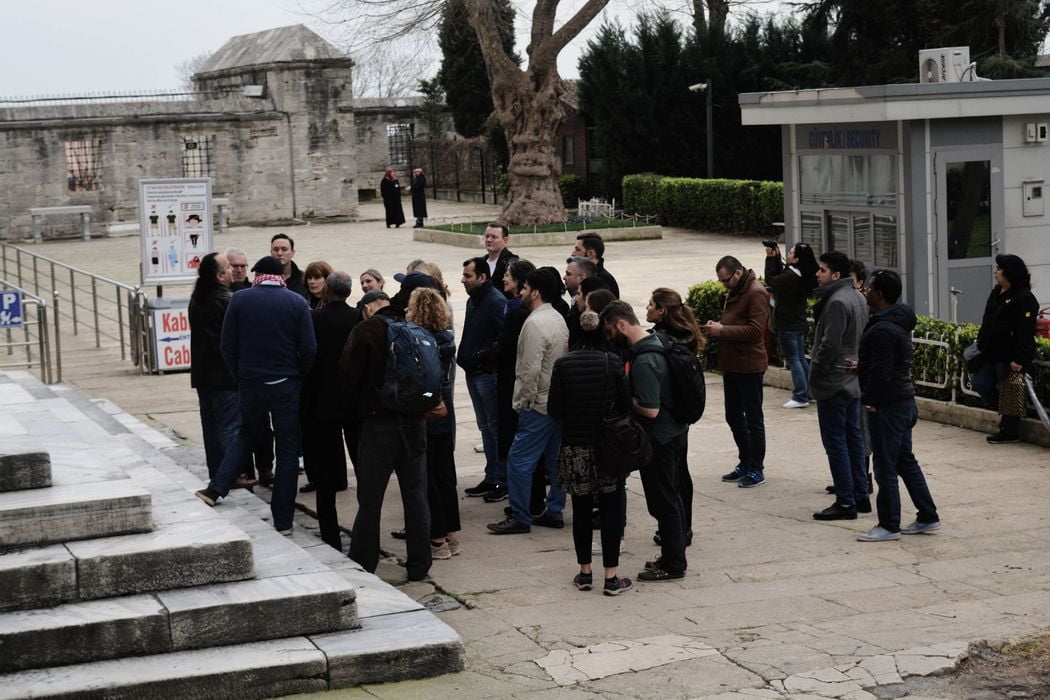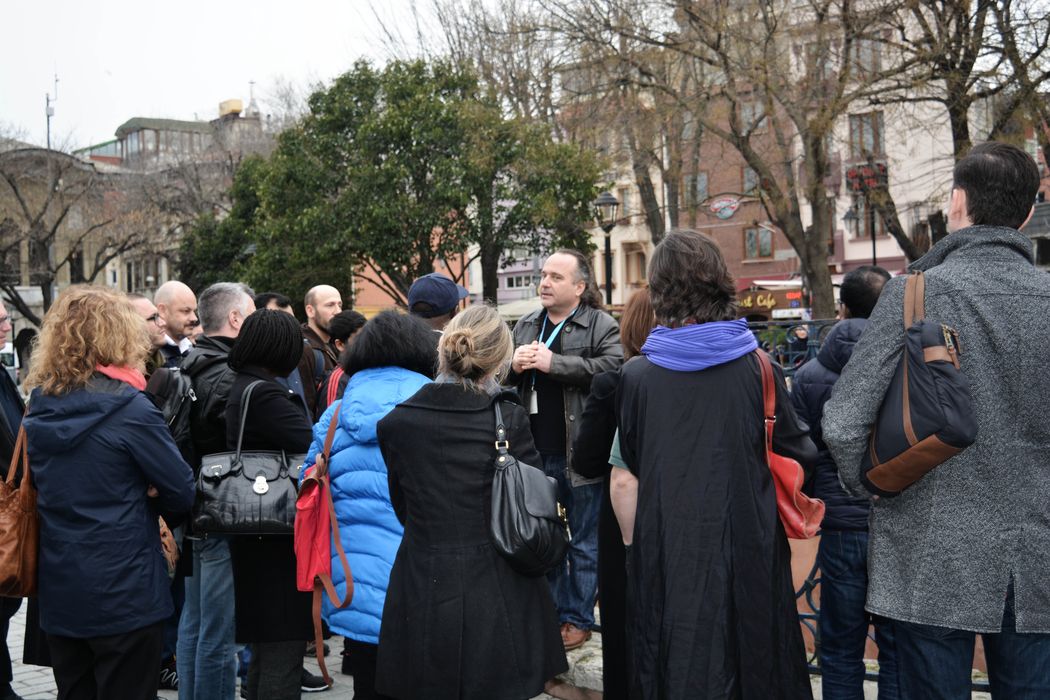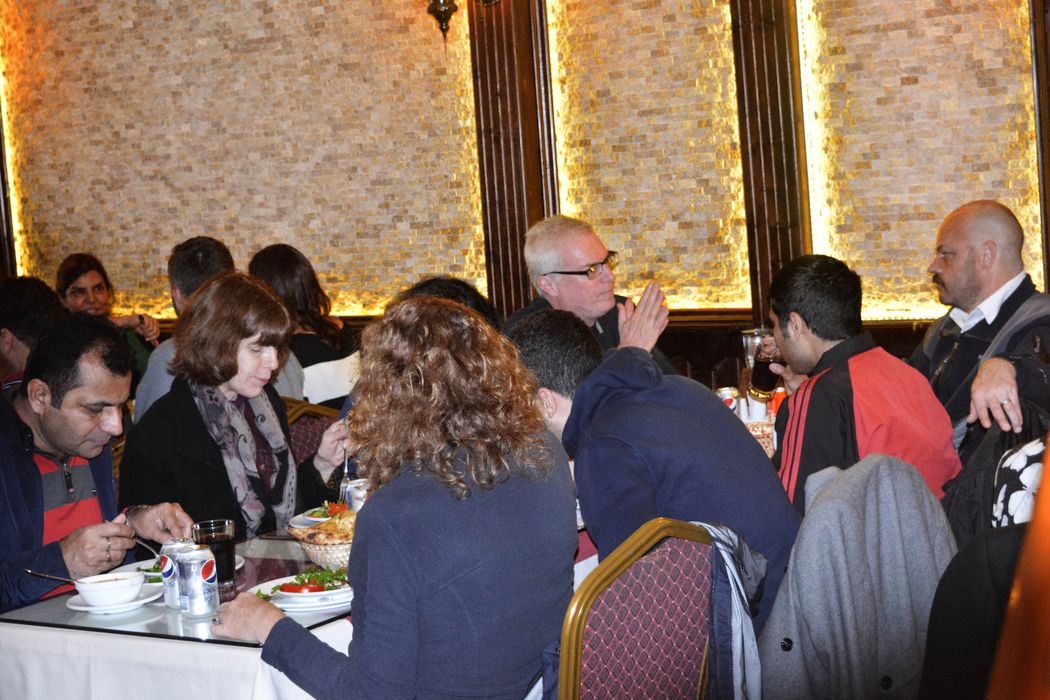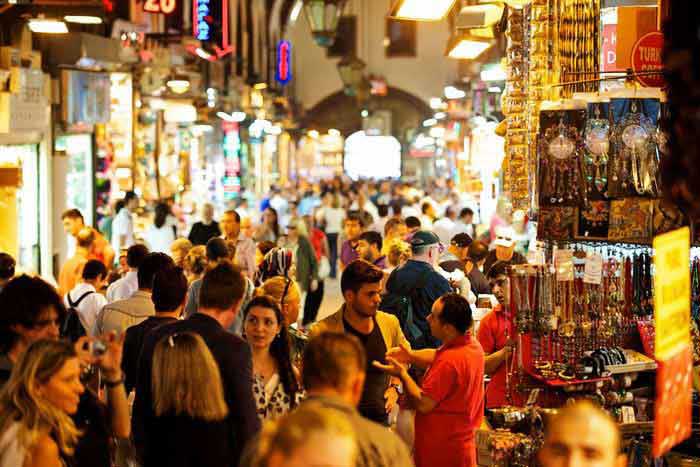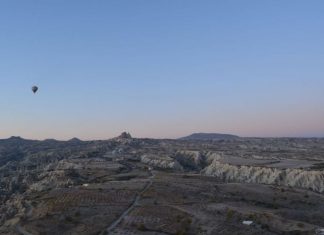The eastern door, called the Jayrun door, is the largest of the doors of the mosque. It also has a large passage, leading out to a large and extensive colonnade which is entered through a quintuple gateway between six tall columns.
Along both sides of this passage are pillars, supporting circular galleries, where the cloth merchants amongst others have their shops; above these again are long galleries in which are the shops of the jewellers and booksellers and makers of admirable glass-ware. In the square adjoining the first door are the stalls of the principal notaries, in each of which there may be five or six witnesses in attendance and a person authorized by the qadi to perform marriage-ceremonies. The other notaries are scattered throughout the city. Near these stalls is the bazaar of the stationers who sell paper, pens, and ink.
In the middle of the passage there is a large round marble basin, surrounded by a pavilion supported on marble columns but lacking a roof. In the centre of the basin is a copper pipe which forces out water under pressure so that it rises into the air more than a man’s height. They call it “The Waterspout” and it is a fine sight. To the right as one comes out of the Jayrun door, which is called also the “Door of the Hours,” is an upper gallery shaped like a large arch, within which there are small open arches furnished with doors, to the number of the hours of the day.
These doors are painted green on the inside and yellow on the outside, and as each hour of the day passes the green inner side of the door is turned to the outside, and vice versa. They say that inside the gallery there is a person in the room who is responsible for turning them by hand as the hours pass.
The western door is called the “Door of the Post”; the passage outside it contains the shops of the candlemakers and a gallery for the sale of fruit.
Rooms abundantly
The northern door is called the “Door of the Confectioners “; it too has a large passageway, and on the right as one leaves it is a khanqah, which has a large basin of water in the centre and lavatories supplied with running water. At each of the four doors of the mosque is a building for ritual ablutions, containing about a hundred rooms abundantly supplied with running water.
Read More about Ibn Battuta part 65
